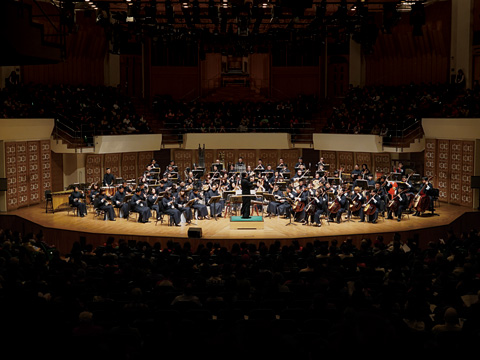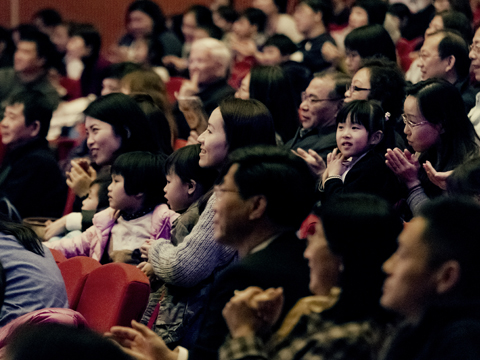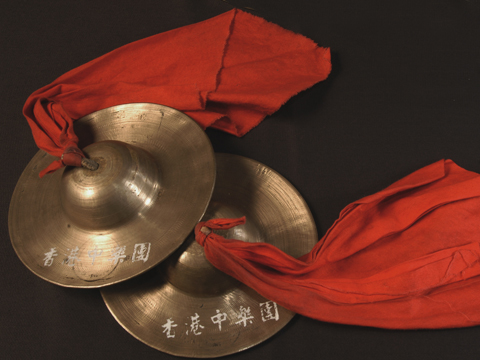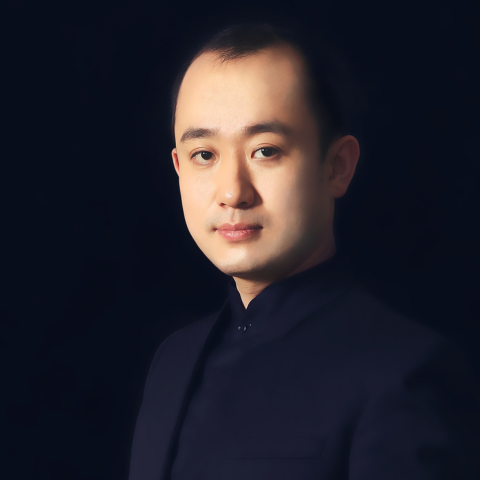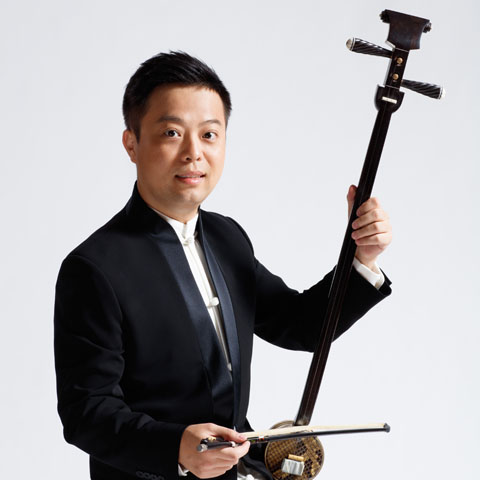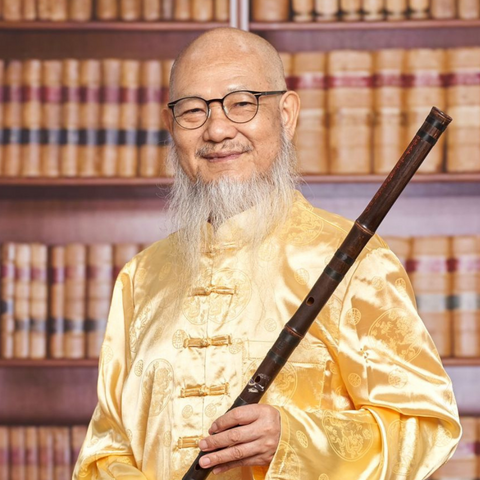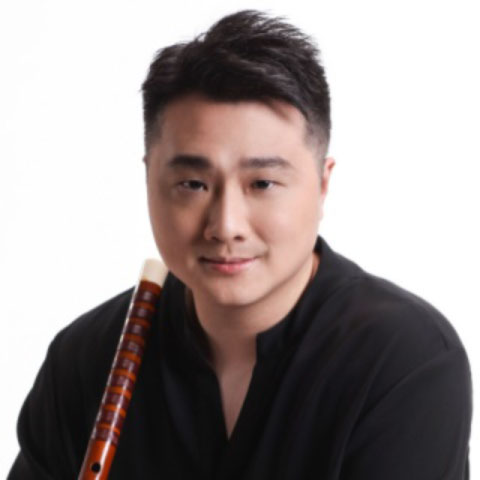
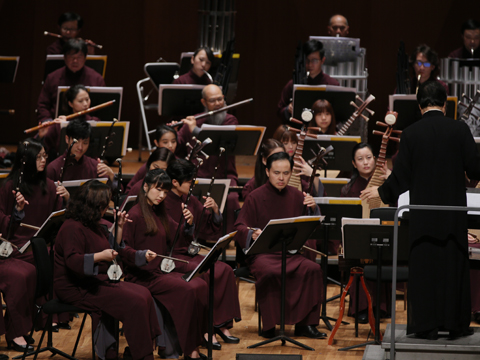
HKCO
Hong Kong Chinese Orchestra Orchestra Members Artistic Director and Principal Conductor for Life Council Advisors & Artistic Advisors Council Members Management Team Vacancy Contact Us (Tel: 3185 1600)

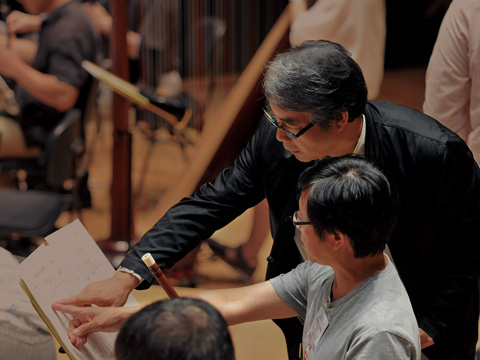
What's On

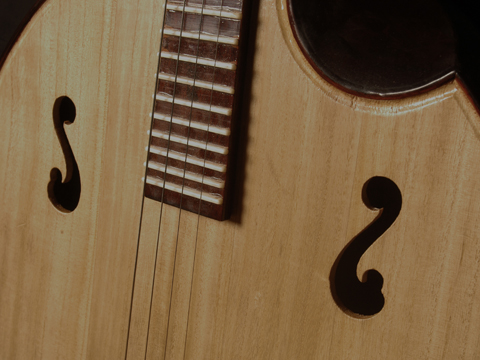
Education
The HKCO Orchestral Academy Hong Kong Youth Zheng Ensemble Hong Kong Young Chinese Orchestra Music Courses Chinese Music Conducting 賽馬會中國音樂教育及推廣計劃 Chinese Music Talent Training Scheme HKJC Chinese Music 360 The International Drum Graded Exam

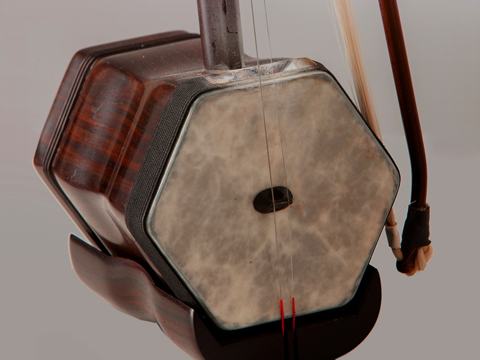
Instrument R&D
Eco-Huqins Chinese Instruments Standard Orchestra Instrument Range Chart and Page Format of the Full Score Configuration of the Orchestra
41st Orchestral Season
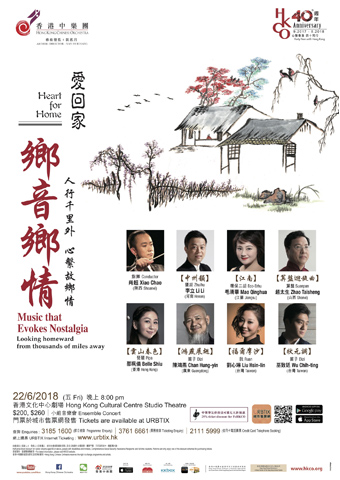
Heart for Home - Music that Evokes Nostalgia
8:00 pm
Zhuihu: Li Li
Pipa: Belle Shiu
Ruan: Liu Hsin-lin
Suanpan: Zhao Taisheng
Dizi: Chan Hung-yin, Wu Chih-ting
Looking homeward from thousands of miles away
To those overseas Chinese who have been away from home for years, there is always a tugging yearning that can hardly be described in words, but which would come out at the sight of the bright moon or on hearing a familiar tune. Led by Xiao Chao, runner-up of the First Hong Kong International Conducting Competition for Chinese Music, the HKCO will play some of the tunes that would console those yearning hearts in this concert, ‘Heart for Home’.
Picking up the Mountains (Excerpt from the second movement of the Chinese orchestral piece, Hymn to the Sun) Wang Danhong
Central China
Zhuihu and Orchestra Zhong-Zhou-Yun Liu Wenjin
Zhuihu: Li Li
Erhu and Orchestra South of the Yangtze River (Excerpt from the first movement of Spring Takes the Chill out of the River Water) Jin Fuzai
Eco-Erhu: Mao Qinghua
Based on the popular set tunes played in the traditional theatre of Henan and Shanxi
Abacus and Orchestra The Abacus Rondo Qian Zhaoxi
Abacus: Zhao Taisheng
Music of the local gezaixi of southern Fujian and folk songs of Hengchun in Taiwan
Lilting Tunes from the Land of My Home Li Huanzhi
Guangdong
Pipa and Orchestra Spring Comes to Baiyun Mountain Tong Hoi-suen
Pipa: Belle Shiu
Dizi Solo The Swallow Spreads Its Wings Chen Tim-shou Instrumentation by Gu Guanren
Dizi: Chan Hung-yin
Taiwan
Ruan and Orchestra Formosa Chen I-Chien Arr. by Li Cheong
Ruan: Liu Hsin-lin
Zhuang-Yuan-Diao Set Tune Gu Guanren
Dizi: Wu Chih-ting
Shaanxi
Festival at Chang’an Zhao Jiping Arr. by Lu Rirong
Where is the ‘Home’ for Chinese Music?
Chow Fan-fuBy virtue of the titles of the two concerts – ‘Music that Evokes Nostalgia’ and ‘Favourite Tunes in Cantonese Music’, under the same umbrella title of ‘Heart for Home’, we would know they are quite different in content. The music of the second is found in regions steeped in Cantonese culture – Hong Kong included, while that of the first is about music outside those regions. So where is the ‘home’ referred to in ‘heart for home’ precisely?
Music is a cultural phenomenon. It is an integral part of a people’s culture and an important element in ascertaining cultural identity. To find where the ‘home’ of Chinese music is, one has to go back to its culture and traditions.
Traditional music is where the ‘home’ is
Since the mid-1800’s, with the rise in the West of disciplines in the humanities such as anthropology, sociology and ethnology, the concept of culture has undergone many changes and its definition taken many forms. In China, the term ‘culture’ already existed in as early as the Western Han dynasty (202 BCE – 8 CE). It referred to civil governance, social edification, rites, music and codes of administration. It was not until the end of the 19th century that the Western concept of ‘culture’ was introduced to China through its Japanese translation. Its meaning was three-pronged:1. It was synonymous with civilization;
2. More specifically it referred to the more spiritual contents such as ideas and concepts;
3. But it can cover wider implications of both spiritual and material contents.
The term ‘culture’ is in itself rather nebulous in both essence and extension. Nowadays it is mostly understood in its broader meaning, encompassing everything created in the course of man’s life processes, i.e. the sum total of both material and spiritual cultures. With the historical developments and changes in lifestyle, Chinese music as a cultural phenomenon has morphed into various forms. In general, it can be categorized into
1. court music;
2. folk music;
3. music of the Chinese literati tradition;
4. religious music; and
5. new Chinese music.
Relative to ‘New Music’ which is a product of Western music around the 20th century, the first four types can be considered ‘traditional Chinese music’ - or where the home of the generic ‘Chinese music’ is. But with China’s large population and widespread demographic spread, tracing the different vernacular cultures that have shaped music of so many styles from their ‘home’(or ‘homes’) cannot be more like an exciting adventure.
Five main types of folk music
The first type, court music, has become extinct. Music of the literati tradition and religious music, though they may form part of the ‘home’ we are talking about, pale in comparison to folk music, whether in content or in development down history. In terms of genre, Chinese folk music can be divided into five main categories:
- Folk song: melodious and lyrically expressive, it is closely related to language and everyday lives. The lyrics and styles vary with regions and ethnic groups.
- Narrative singing: also known as quyi (song art), its best function is storytelling. The songs assimilate the dialect in a dynamic way, thus highlighting the musicality of its language. It is literature, music and performing arts all rolled into one.
- Song-and-dance music: it is highly rhythmic, with the melodies often animated and joyful. There are clearly elements of dance movements and at the same time it is lyrical, strong in narrative, and goes well with dance.
- Xiqu music, or music from Chinese traditional theatre: an integral part of traditional theatre, it functions as a thread that links the narrative, emotive contents and dance together. This type of music is formed by incorporating songs, dance music, narrative singing and instrumental music. It is therefore an amalgamation of all elements of Chinese folk music.
- Instrumental music: it expresses emotions through the timbre, performing technique, range and instrumentation. Without the constraints of libretti, it is capable of complex variations in form and structure.
The folk music of the seven cultural circles
- The north-east cultural circle: where the Manchurians integrate with the Han people in everyday life; their musical style is mostly intense and powerful. The geographical area covers Jilin, Heilongjiang, northern Liaoning and eastern Inner Mongolia.
- The nomadic cultural circle: these people are fierce fighters whose music is equally rustic and open-hearted. The geographical area covers Liaoning, Hebei, the northern part of Shaanxi and the environs, the major part of Inner Mongolia, northern Ningxia and Xinjiang.
- The Yellow River cultural circle: this is the hinterland of traditional Chinese culture; their music is earthy, quaint and deep. Geographically it stretches from the Yellow Sea in the east, to the Qinling Mountains and Huaihe River in the south, Qinghai Lake East in the west and the Great Walls in the north.
- The Yangtze River cultural circle: characterized by a delicate finesse, its musical style is sweet and graceful. The area covers Qinling Mountains, south of the Huaihe River, Tibet, to the east of the Qinghai Plateau.
- The Qinghai cultural circle: characterized by Tibetan customs and colourful Tibetan Buddhism, their music has a mythical Buddhist aura. It covers the areas of Qinghai and Tibet.
- The Yunnan cultural circle: this is the area where many ethnic minorities of Yunnan and Guizhou live. Because of the ethnic differences, their custom and cultural practices are also rich and diverse. Their music style is rich and colourful.
- The Minnan Taiwan cultural circle: this is where much of the ancient cultural phenomena and practices of the historical Central Plains have been preserved. Their music style is by and large lively and bright. The area covers Guangdong, Fujian and Taiwan.
‘Heart for Home’ strikes a special chord
Your Support
Friends of HKCO
Copyright © 2024 HKCO
